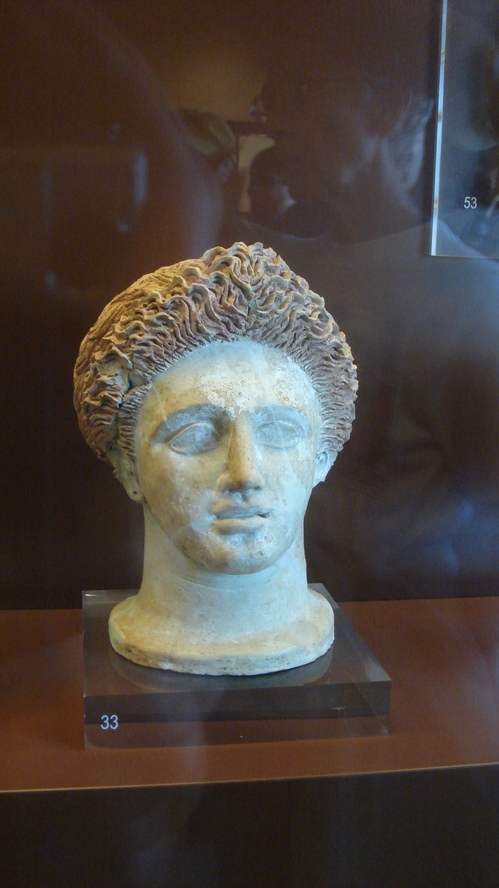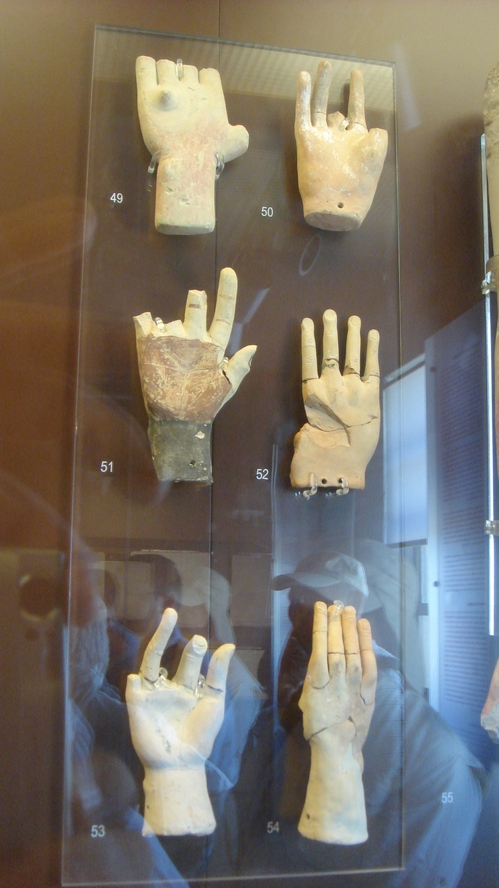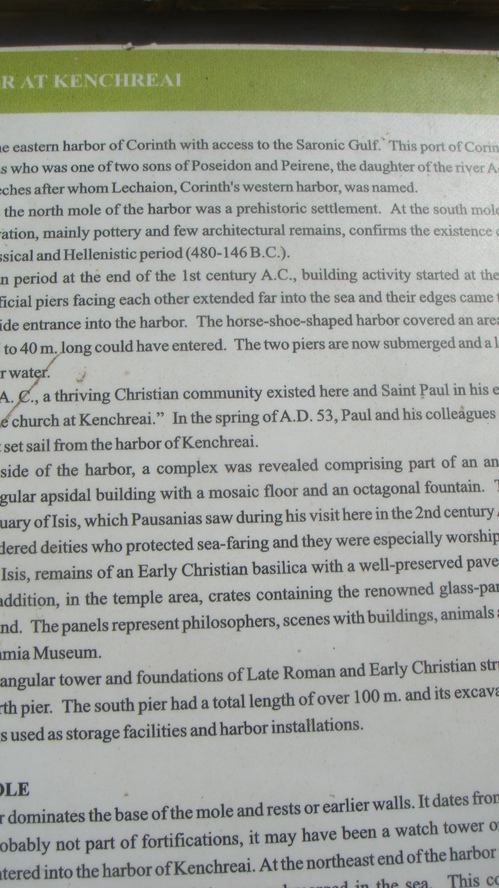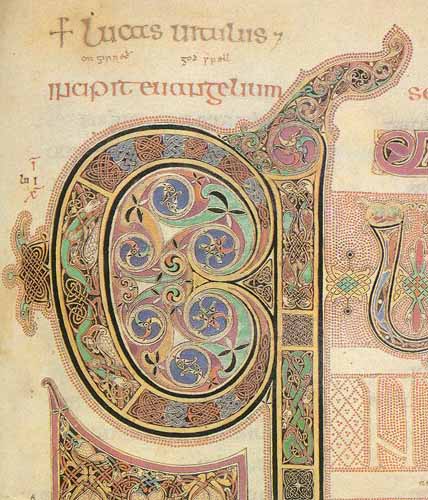One of the more fascinating aspects of life in ancient Corinth is what went on in the temple of Asklepion, the god of healing (from which we get the modern symbol for medicine with the staff and the serpent). What has been found at the Asklepion was clay votive offerings largely of various body parts. The debate is whether they served as offerings meant as entreaties for healing that had not yet happened, or as thanks offering for healings of a particular part of the body. For example, consider the following pictures of these votives in the newly revamped Corinth museum…

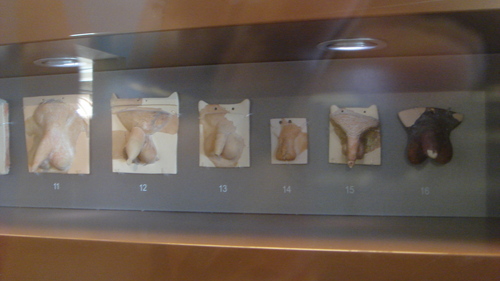
One of the fascinating things about these votive offerings in clay is how often we see molds of genitalia, both male and female. Of course the sexual promiscuity of Corinth was legendary but I doubt it is an accident that it is in 1 Corinthians that Paul talks about the body of Christ and speaks of various body parts in doing so. He probably had seen some of these representations of body parts being crafted in a shop in Corinth. The ancients did not view salvation the way we usually do. For them, to be saved mostly referred not to some emotional religious experience but rather it meant to be healed, or to be kept safe or to be rescued from danger. For example, when Jesus says to the woman with the issue of blood ‘your faith has saved you’ what he means is ‘your faith has healed you’. This is the common meaning of the term in antiquity. Paul’s metaphors are aptly chosen to suit and be persuasive in their immediate context, and the use of the body metaphor is one such example.
